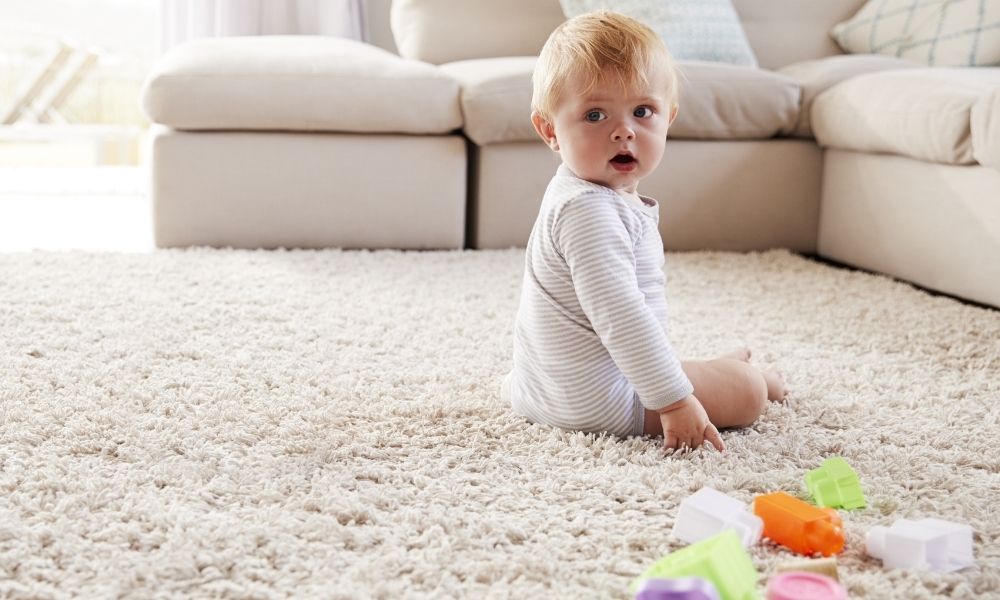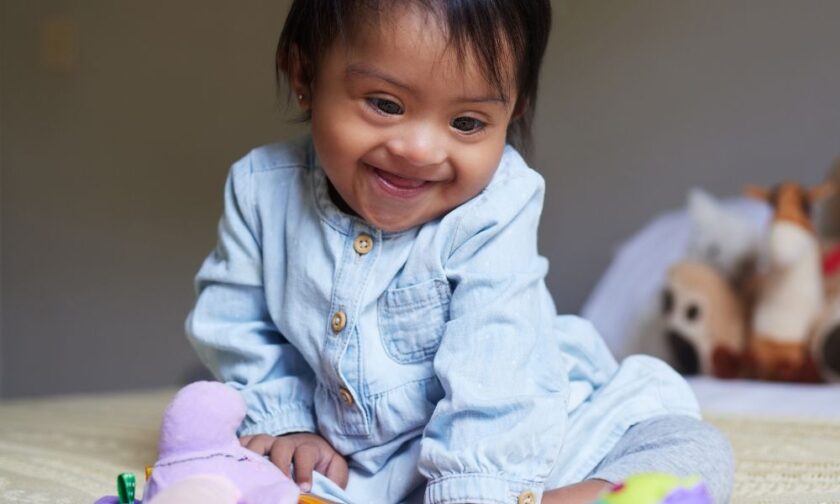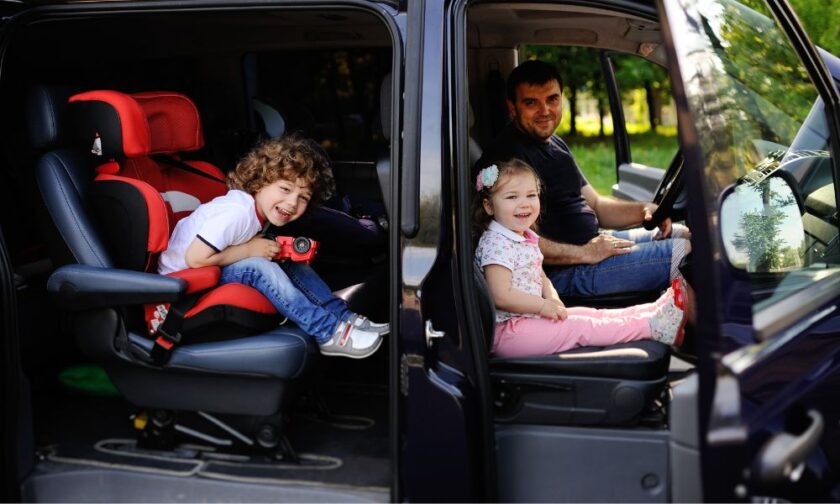As the primary caregiver for your baby, you have a front-row seat to their growth and development. Every day brings new leaps and discoveries. These day-to-day changes show positive signs of skill-building and unique abilities.
Because of how rapid a baby will progress, it’s also important to watch for any areas of opportunity—where your baby may be struggling or slower to evolve. An absence or inability of a particular skill set is not a cause for concern but could indicate developmental differences. Let’s look at how to catch the early signs of autism in a baby.
Social Differences
It’s vital to understand that children with autism will communicate differently from their peers due to how they experience the world around them. Catching some of these early communication cues will help you provide the best plan of action for them to cope and learn to communicate in an individualized way. Here are a few social indicators that could be signs of autism:
- The inability to keep or maintain eye contact
- Little to no response to a caregiver’s facial expressions
- A lack of interest when a parent is pointing to an object or event
Behavioral Differences
When your baby begins to age and grows into its environment, behavioral signs of autism may ramp up. While many of these traits may not become noticeable until well into toddlerhood, they are still worth noting:
- Playing with and obsessing over parts of a toy rather than the whole toy
- More sensitive or not sensitive at all to touch, texture, light, sound, and smell
- Repetitive gestures, like hand flapping, spinning, finger twirling, or rocking
Emotional Disconnection
In infancy, facial expressions are a form of non-verbal communication and help babies connect emotions to events. Aside from crying, a facial expression is another way for a baby to tell the caregiver what they think or feel.
While it’s hard to fully catch while the baby is still developing or learning at a slower pace, a lack of facial expression or facial response is something worth noting. As the baby grows into school-age, the lack of emotional expression is generally a key indicator of autism. That said, it’s essential to understand that a child with autism does not have less emotion; they just don’t display it the same way as children without autism.
Regressions
The milestone charts are excellent guidelines to follow, but your baby will always grow and develop according to their timeline. Some are months ahead, and some are months behind, but neither is a dead giveaway of autism.
Sometimes, your baby will evolve according to the charts and regress after infancy. Nearly a third of all children with autism will lose their skills before preschool. And typically, it’s the language skills.
How to catch the early signs of autism in a baby is not in the parenting handbook, and learning about the autism spectrum feels like a lot. And though it can feel like a heavy plate to carry, understand there is nothing wrong with you or your child should you receive an autism diagnosis. The world around us is busy, loud, and constantly changing—we’re all receiving it the best way we can.






